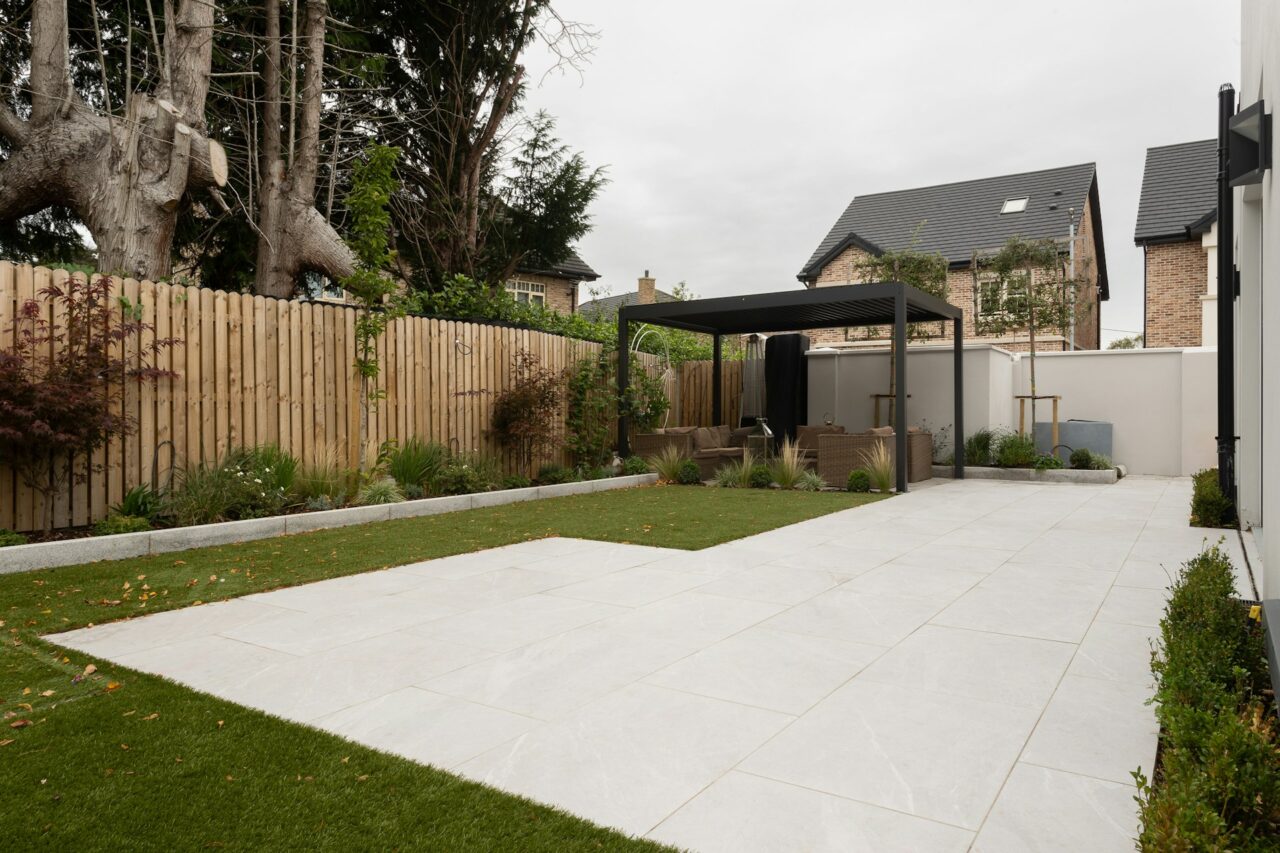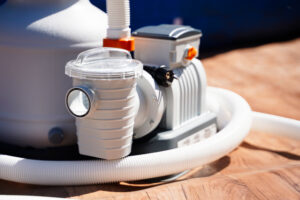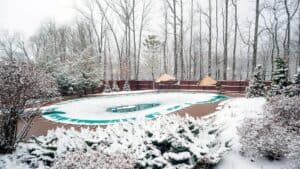Featured
For centuries, pergolas and gazebos received great admiration for their unique allure. More than that, these structures aesthetically enhance outdoor spaces while providing ample shelter.
Thanks to modern engineering, pergolas and gazebos transformed into their best versions. In terms of construct and functionalities, they have gone a long way. We tried to detail their fascinating evolution, focusing strongly on the innovations that made them what they are today.
Historical Roots of Pergolas and Gazebos
Both structures existed in ancient civilizations. Pergolas were popular in ancient gardens, like the Romans, because of their open-roof structures supported by columns. Back then, the pergola’s purpose is only to support climbing plants.
Meanwhile, Gazebos, which are typically freestanding and roofed, have origins in various cultures. They have been present in Chinese pavilions and the garden houses of Persian and Islamic gardens. These structures were primarily built using wood and stone. These materials made it possible for them to blend seamlessly with the natural environment. Their primary function was to offer a shaded retreat while enhancing the visual appeal of outdoor areas.

Modern Engineering Innovations
Modern engineering has expanded significantly after many advancements in different areas: materials science, construction techniques, and design principles. Thus, it paved the way for many possibilities that benefited pergolas and gazebos. Apart from being durable, contemporary structures marry both functionality and aesthetics into one. This led to the accommodation of a wider range of styles and personal preferences.
1. Innovative Materials
A variety of innovative materials has supplemented traditional wood and stone. Each of them offer the below unique benefits:
- Aluminum and Steel: These metals are lightweight. Still, they are incredibly strong. Aluminum and steel are also resistant to corrosion. This means they don’t need frequent maintenance.
- Composite Materials: Composites possess the natural look of wood and the durability of synthetic materials. They can also withstand rot, insects, and UV damage. These materials also offer a range of finishes, giving you plenty of designs to choose from.
- Vinyl: This type of pergola and gazebo is weather-resistant. They are also maintenance-free. They can mimic the appearance of wood while offering the advantages of modern materials.
These materials have broadened the design possibilities. Now, consumers can enjoy more customized and resilient structures that can adapt to various environmental conditions and aesthetic preferences.
2. Advanced Construction Techniques
Modern engineering has introduced advanced construction techniques that have enhanced many aspects. Most of all, they contributed to the ease of installation of these structures.
- Modular Construction: Prefabricated components make it easier to assemble pergolas and gazebos on-site. This approach reduces expenses on construction resources.
- Anchoring Systems: Improved anchoring techniques provide enhanced stability and resistance to wind and seismic forces.
- Integration of Utilities: Modern pergolas and gazebos have been designed with the option to merge utilities like lighting, electrical outlets, and even water features into one. This integration enhances their functionality and comfort, so they can be suitable to a wider range of uses.

3. Innovative Designs
Innovations in design have turned pergolas and gazebos into multifunctional spaces. So, what makes a design innovative?
- Retractable Canopies and Roofs: Pergolas with retractable canopies let users add or reduce shade.
- Bioclimatic Pergolas: These advanced pergolas are equipped with sensors and automated systems that adjust the position of louvers or canopies automatically based on weather conditions.
- Green Pergolas: Contemporary pergolas use living plants as decorations. They give off a green aesthetic, enticing more homeowners to contribute to improving air quality.
4. Aesthetic Versatility
Modern engineering has allowed today’s structures to complement a wide range of architectural styles:
- Minimalist Designs: Clean lines, simple shapes, and neutral colors create a modern, minimalist look. The combination blends seamlessly with contemporary architecture.
- Traditional and Rustic Styles: If merged with classic design elements, materials like wood and stone on modern pergolas and gazebos can evoke a sense of timeless elegance and charm.
- Custom Designs: Advancements in manufacturing and design software allow for highly customized pergolas and gazebos. Having a range of possibilities can serve varying qualities preferred by different homeowners. From intricate carvings to personalized color schemes, the possibilities are endless.
5. Environmental Sustainability
Sustainability is a growing concern in modern engineering. Although pergolas and gazebos seem to blend with nature easily, they are still subject to questions about being eco-friendly. Creators of modern establishments have incorporated their sustainable practices into these structures through the following:
- Eco-Friendly Materials: Recycled materials reduce the environmental impact of construction. For example, FSC-certified wood is a popular choice for many structures. Its end-of-life stage has also been planned so they can easily be reused or recycled.
- Energy Efficiency: Utilizing energy-efficient features such as solar panels, LED lighting, and natural ventilation systems reduces the energy consumption of outdoor structures.
- Water Management: Some of these structures are equipped with advanced water management systems. Some of these include rainwater harvesting and irrigation integration. Green roofs also contribute to sustainable water management.

Examples of Modern Pergolas and Gazebos in Urban Environments
The evolution of pergolas and gazebos is particularly evident in urban environments where space is limited. Here are a few examples of how modern engineering has transformed these structures in cities:
1. Rooftop Pergolas in New York City
In densely populated urban areas like NYC, rooftop pergolas make great green outdoor living areas. Engineers designed more lightweight pergolas that can be easily installed on rooftops. This allows residents to lodge a private oasis in their tiny spaces. These pergolas also feature retractable canopies with integrated lighting, and even solar panels.
2. Eco-Friendly Gazebos in San Francisco
San Francisco’s commitment to sustainability is evident in the design of its eco-friendly gazebos. Advanced anchoring systems ensure stability in the city’s seismic environment. Meanwhile, integrated rainwater harvesting systems support local vegetation.

3. Smart Pergolas in Los Angeles
LA is where outdoor living is a significant part of the lifestyle. Here, smart pergolas equipped with advanced technology are gaining popularity. These pergolas feature automated louvers, weather sensors, and smartphone integration. Such modern functionalities allow users to control shading, lighting, and ventilation with ease. Using durable, weather-resistant materials ensures these pergolas can withstand the city’s diverse climate conditions.
Photo Credit: Unsplash.com






























